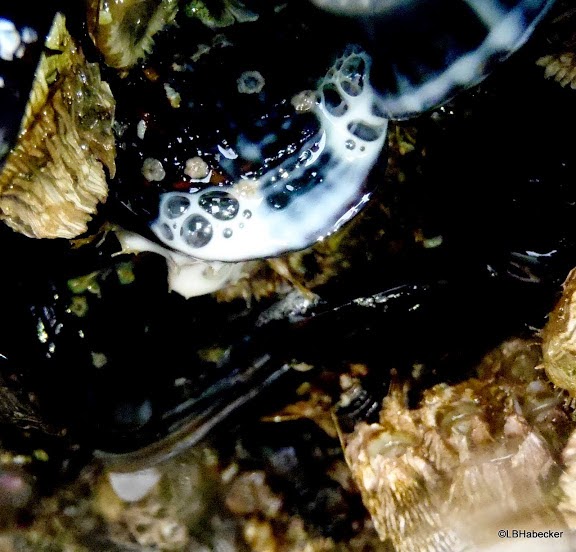Brought By The Wind!

You never know what you'll find on the beach from day to day. The strong south-west to west winds late last week washed a number of things onto our local beaches. Just in time for SOLVE's Beach Cleanup on Saturday March 28th, there was quite a bit of debris for the volunteers to clean up! Due to the same winds, a large number of By-the-wind Sailors ( Velella velella ) also washed onto the beach. This animal is an open-ocean dweller that lives in colonies floating on or near the surface with each individual up to 10 cm in diameter. The animal's body is composed of an oval 'float' full of gas filled pockets with a 'sail' set diagonally across the top of the float. Hanging down from the underside of the float is a single large-mouthed feeding tube, surrounded by rows of reproductive bodies and numerous blue tentacles around the rim. At sea, the float and sail remain above or near the surface and the sail helps distribute them using the force of the wind. How...



